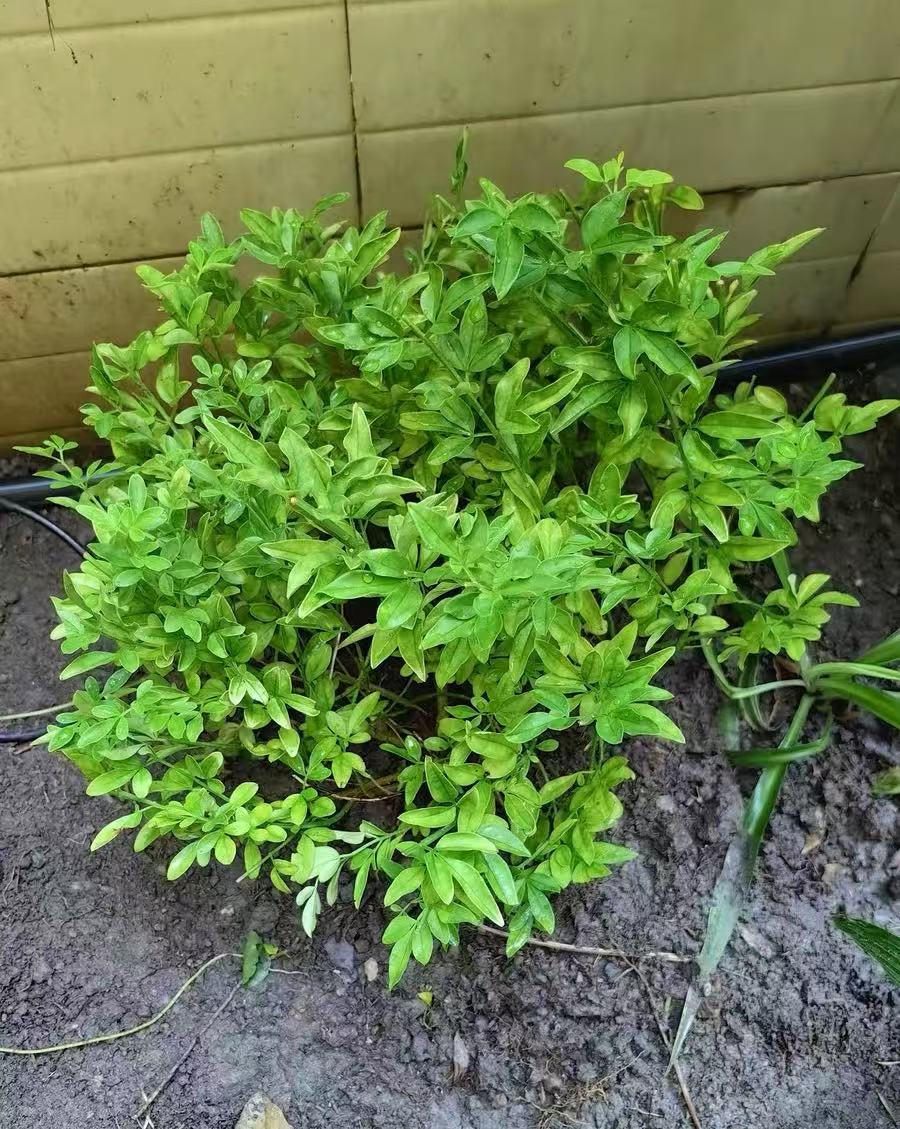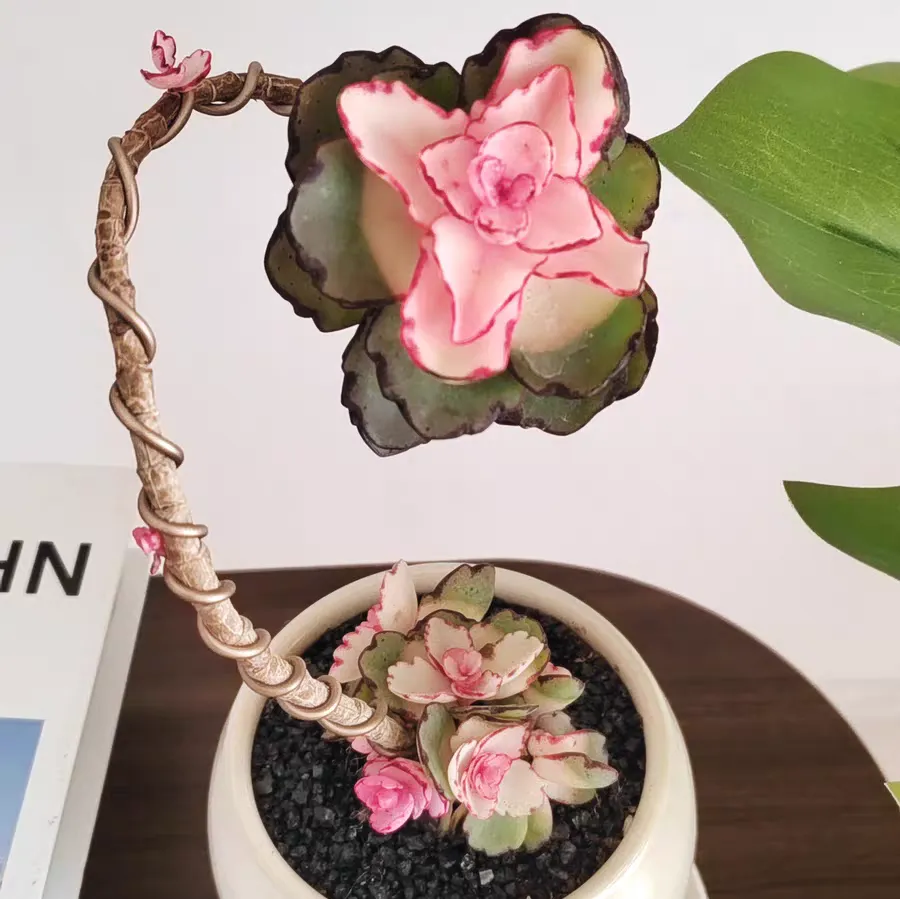Evergreen shrubs keep their green leaves in winter, adding a touch of vitality to the cold season. However, the severe cold and dryness in winter pose a tough challenge for evergreen shrubs. To help them survive the winter safely, we need to take a series of measures to comprehensively care for their growth, ranging from protecting the trunks to watering them properly. The following are some key methods and suggestions for evergreen shrubs to get through the winter.
Wrapping the Trunks for Heat Preservation: For newly transplanted or weakly growing evergreen shrubs, wrapping the trunks with thermal insulation belts is a simple and effective protective measure. Materials such as straw ropes and thermal insulation belts can be used to tightly wrap the main trunks and major branches to reduce the heat loss of the trees and prevent the bark from cracking due to freezing. This method is especially applicable to evergreen shrubs before they enter dormancy with leaf fall in autumn and can effectively improve their frost resistance.
Using Sprayable Whitewashing Agents: During November to December, spray whitewashing agents on the trunks and branches of evergreen shrubs. The whitewashing agents can not only reflect sunlight and reduce the heat absorption of the trees but also kill the eggs of insects overwintering in the bark and prevent diseases such as rot and gummosis. Meanwhile, the whitened trunks are more conspicuous, which is beneficial for reducing accidental damage.
Watering Freezing-proof Water: In northern regions, freezing-proof water is usually watered in December. This is to help the plant roots stay moist in winter and avoid being frozen due to drought. When watering, make sure that there is water in the tree pits until it stops seeping. For newly planted evergreen shrubs, since their roots are relatively fragile, soil should be piled up 30 - 50 centimeters high on the tree disks before the soil freezes. It is better to use soil with good air permeability and that is not easy to harden to improve the heat preservation effect.
Pruning Reasonably: Winter pruning is an important part of the management of evergreen shrubs. Through pruning, diseased and weak branches, excessive growth branches and crossed branches can be removed to improve the ventilation and light transmission conditions of the trees, reducing the breeding of pests and diseases. Meanwhile, pruning can also promote the accumulation of nutrients in the trees and improve their cold resistance. When pruning, attention should be paid to protecting the wounds to avoid frostbite and bacterial infections.
Setting Windbreaks: In areas with strong winds in winter, setting windbreaks for evergreen shrubs can significantly reduce the wind speed and reduce the direct impact of cold winds on the trees. Windbreaks can be built with materials such as wooden boards and plastic sheets, and the height should exceed the crowns to ensure their protective effect. Meanwhile, the construction of windbreaks should be stable to prevent them from being blown down or damaged by strong winds.
Keeping Moderate Moisture: Although the growth and metabolism of plants slow down in winter and they require less water, it doesn't mean that they don't need water at all. Especially for evergreen shrubs, their leaves still carry out transpiration in winter, so it is necessary to keep the soil moderately moist. Therefore, on sunny and windless days, an appropriate amount of water can be sprayed or watered to meet their growth needs. However, waterlogging should be avoided to prevent root rot.
The safe wintering of evergreen shrubs requires our efforts in many aspects. Through measures such as wrapping the trunks for heat preservation, spraying whitewashing agents, watering freezing-proof water, pruning reasonably, setting windbreaks and keeping moderate moisture, we can effectively improve their cold resistance and ensure their healthy growth. Let's take good care of these beautiful evergreen shrubs and let them add more vitality and energy to the winter garden.
How Can Evergreen Shrubs Survive the Winter Safely?

Share with
Tagged in :




Leave a Reply